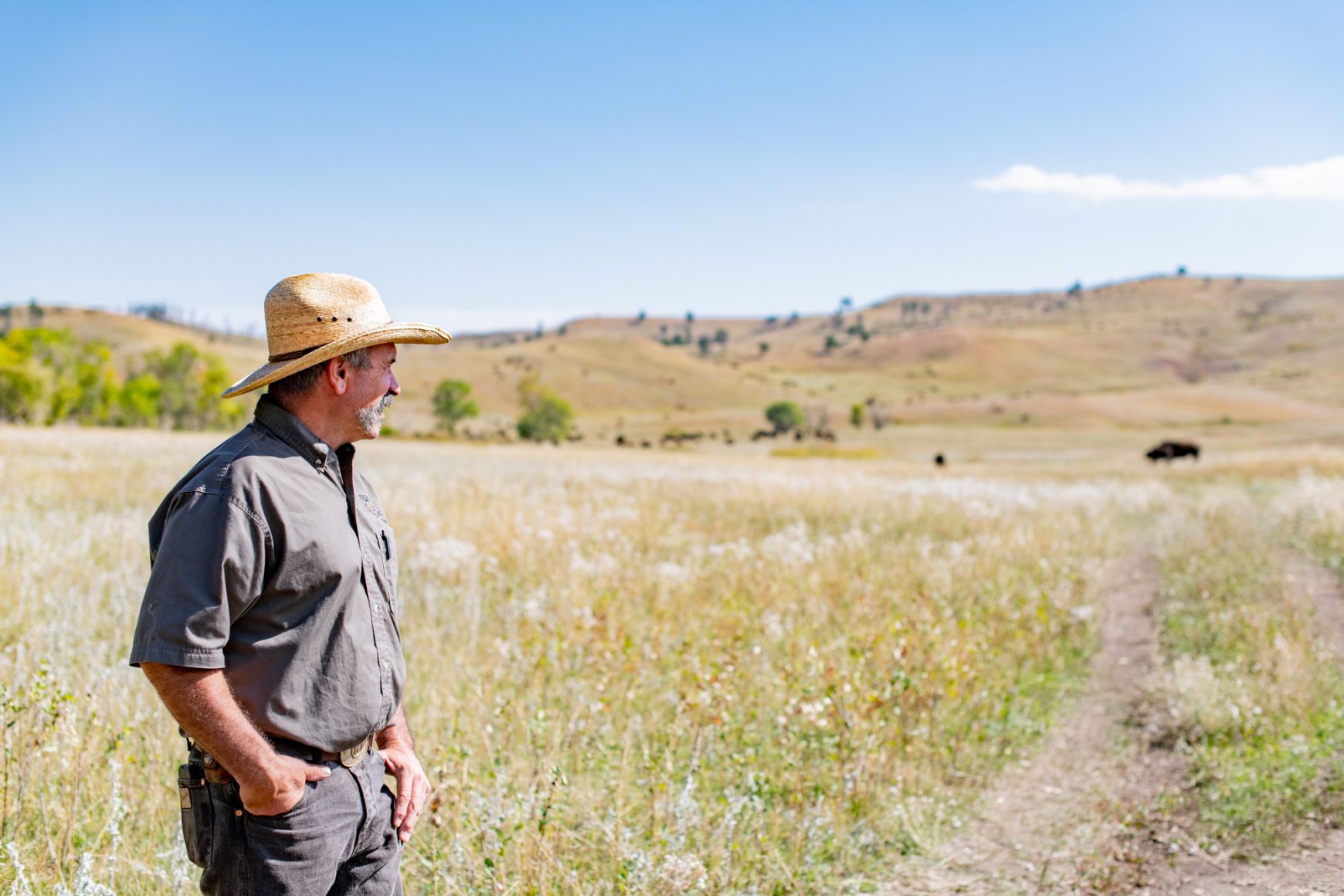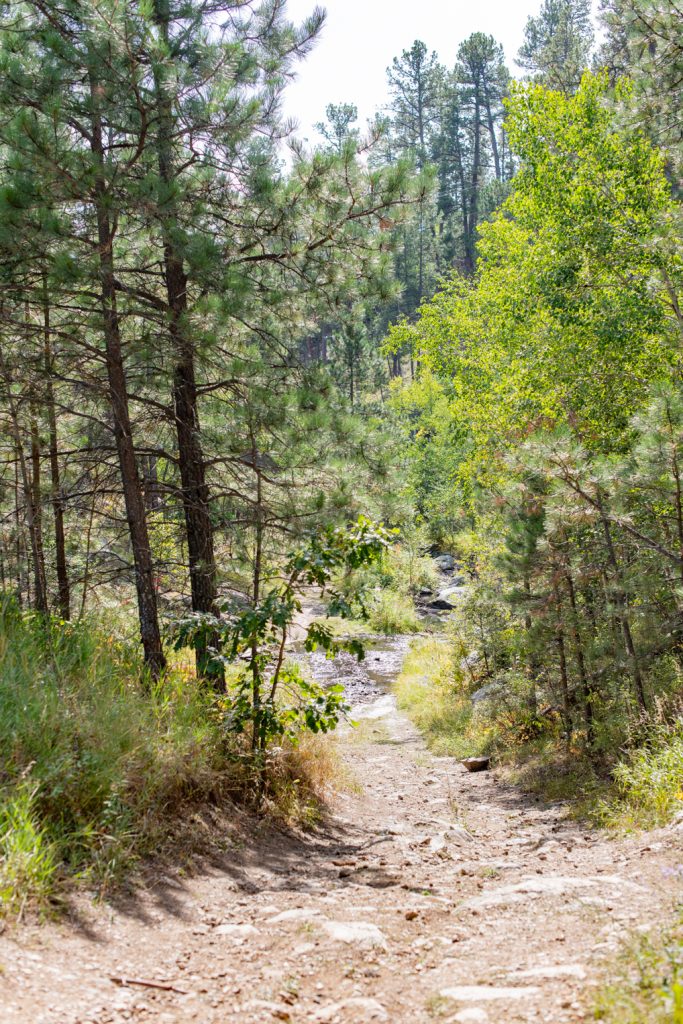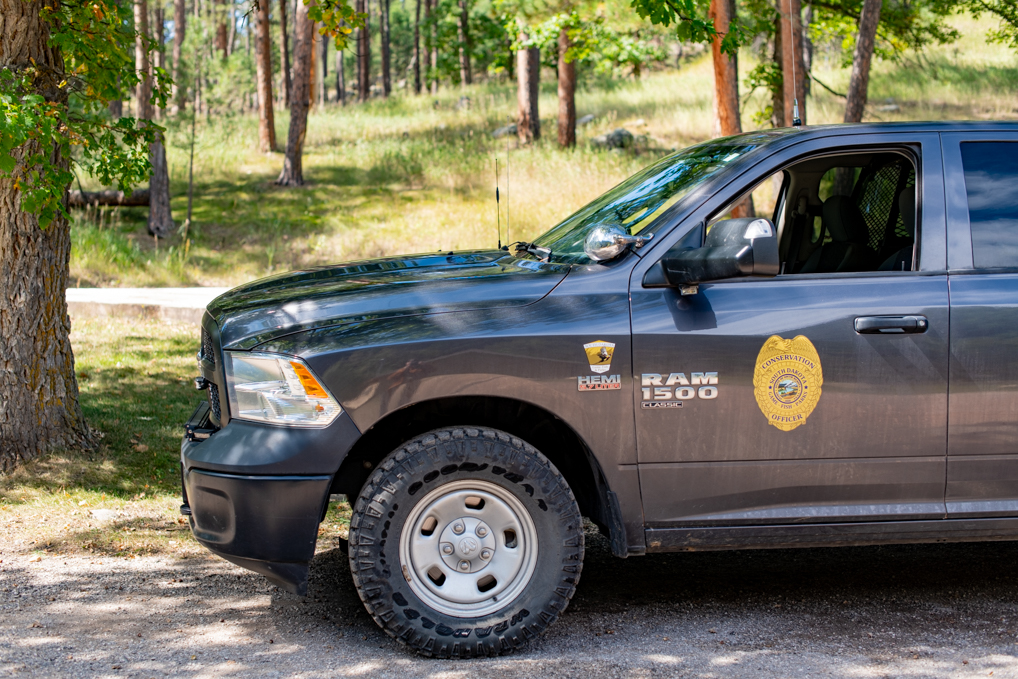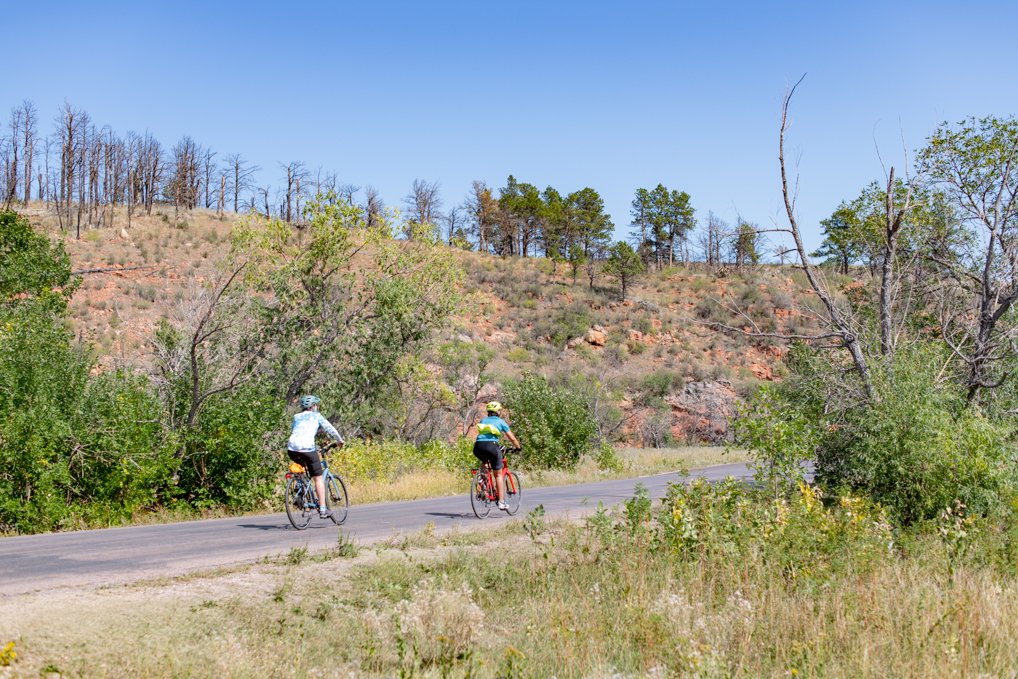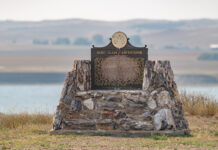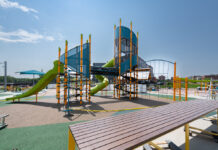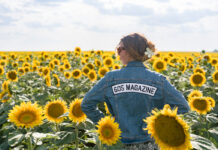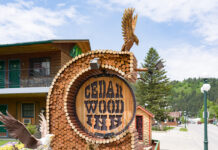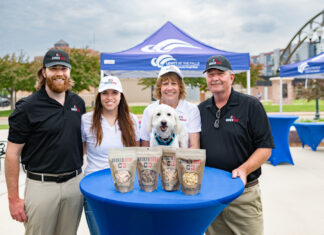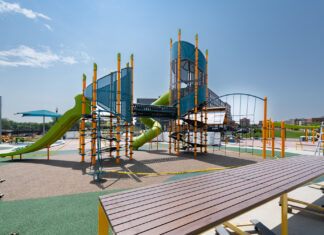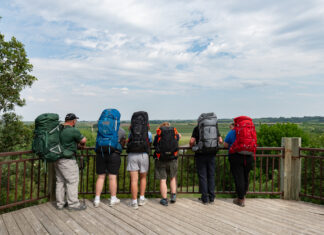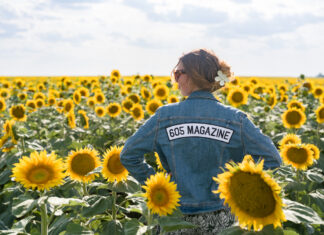The Grace Coolidge Walk-In Fishing Area
The 605 team started the week right on a Monday, grabbing a fresh coffee on the way out of Custer to drive into Custer State Park. South Dakota Game, Fish & Parks (GFP) greeted us at the Custer State Park Visitor Center, and introduced us to GFP conservation officer Ron Tietsort.
The whole crew went to explore a remote area of Custer State Park, the Grace Coolidge Walk-In (WI) fishing area. It’s there that we saw the standalone WI kiosk to sign in at the entrance.
The kiosk, Tietsort says, provides imperative information for GFP for managing the area, the habitat, the trails, and the fisheries. It records things like how many fish were caught, how many people were in the party, and if they simply had a positive experience.

“The neat part of this Walk-in Area creek is that you have to walk in. You get to walk in this great creation here,” he said. “Instead of driving up, jumping out of the vehicle, and start fishing, you have to work a little harder for it here. You get some good exercise.”
The one-way, three-mile trail walks along a fishing area with six small ponds all the way up Center Lake. Fish are stocked in the ponds throughout the summer months.
“People really enjoy coming up here in the country and fishing for rainbow trout,” said Tietsort.
Grace Coolidge is not just for fishing, though. While fishing is a big part of the activity, it’s also popular for bird watching and other wildlife.
But how have they conserved the habitat? One prime example includes the GFP crew’s efforts after a number of large forest fires produced substantial amounts of ash. The ash had washed down into the ponds, making them shallow.
“One of the big projects was dredging the ponds. It took a lot of time and money, but the results were awesome,” said Tietsort. “We were able to remove about over 3,000 cubic yards of sediment.”
“It’s just a gorgeous area. People love to come here from all over the country.” -Ron Tietsort
And Tietsort has seen a lot in his 22 years at Custer State Park—especially growth in visitor numbers.
“Last year we had 2 million visitors, and I’m guessing we’ll get closer to 3 million in 2022,” he said.

In fact, Custer State Park is one of the top 10 wildlife parks in the world.
“Custer State Park is a great place to be. People come here from all over the world just to get into nature and experience the wildlife: to hear the elk bugle, to watch the bison stampede across the prairie,” said Tietsort. “Everybody’s smiling.”
Bison, Bison, Bison
After a guided bumpy ride out of the hatchery, the crew continued to the bison corrals to meet up with GFP bison herd manager Chad Kremer. For the past 30 years, Kremer has been in love with buffalo, or as he says by the official name, bison bison bison.
“I’m a buffalo guy. For me, they became my passion 30 years ago, and I’ve been with the park for 20 years now,” said Kremer.

He recalled, “Either 1988 or 1989 I came to the Custer State Park Auction, and just seeing the animals themselves up close, I was just like, ‘These are cool, I’ve got to have some.’”
The Annual Fall Classic Custer State Park Bison Auction is one of the events to help manage herd numbers, which is now a big part of Kremer’s job.
“Management boils down to controlling numbers,” he said. “That’s the carrying capacity of what your land can handle of bison each year, and that depends on precipitation and forage conditions.”
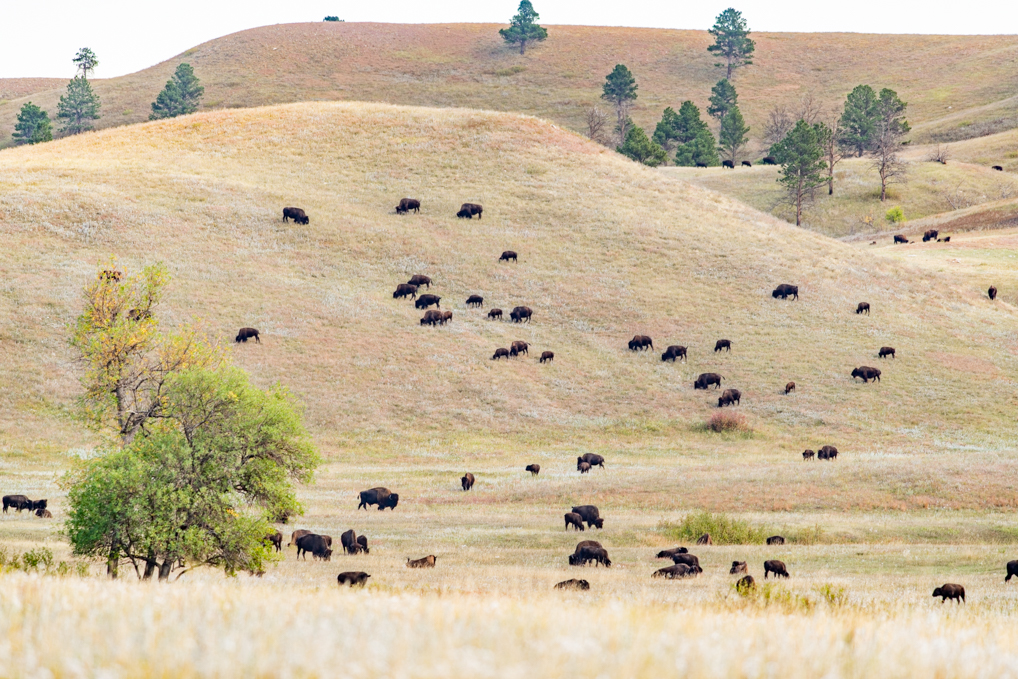
The land varies seasonally from weather, and precipitation has a large effect on how many bison can be roaming on the habitat. Kremer says the ideal herd head count is around 980, but at the annual Buffalo Roundup & Arts Festival with calves, it grows to 1,400.
The Buffalo Roundup is held as the main way to manage numbers for the park’s bison population. Visitors can watch cowboys and cowgirls roundup and drive the herd to be corralled for not only just number control, but for the animals’ health and wellbeing and to avoid degrading the habitat.
It all concludes weeks later with the bison auction.
FACT
The next Buffalo Auction is November 6 at 10 a.m. MST.

“We have the longest running annual production sale of bison in the world from one source,” said Kremer. “We have a lot of private bison producers come to the park.”
All of the bison have been raised in the park itself, and are taken care of by the GFP staff. Kremer says they are a mostly open range, and that their top priorities are the habitat and visitor experience.
“We don’t want fences over every hill. Realistically, we’re stocked lighter than a private operation,” he said. “[Guests] can literally sit in their vehicle on the loop and be completely surrounded by bison.”
And don’t think all bison are the same.
“[People say], ‘They’re all brown. They’re all the same.’ But they’re not,” said Kremer. “The more you work with them, the more you’re around them, they’re individuals. They each have personal spaces. Moving one, I can get in about 20 feet of it before it moves, and there are others that they’ll start moving from 40 yards away. For raising them 30 years myself, there are personalities.”
“Visitor experience is one of our main goals.” -Chad Kremer
Custer State Park is a closed herd and doesn’t take outside animals. Kremer says, which means they don’t supplement the herd either.
“We do not supplement at all. Whatever we grow in that season has to last us to growing season again,” he said.
The recent droughts have caused concern for this reason.
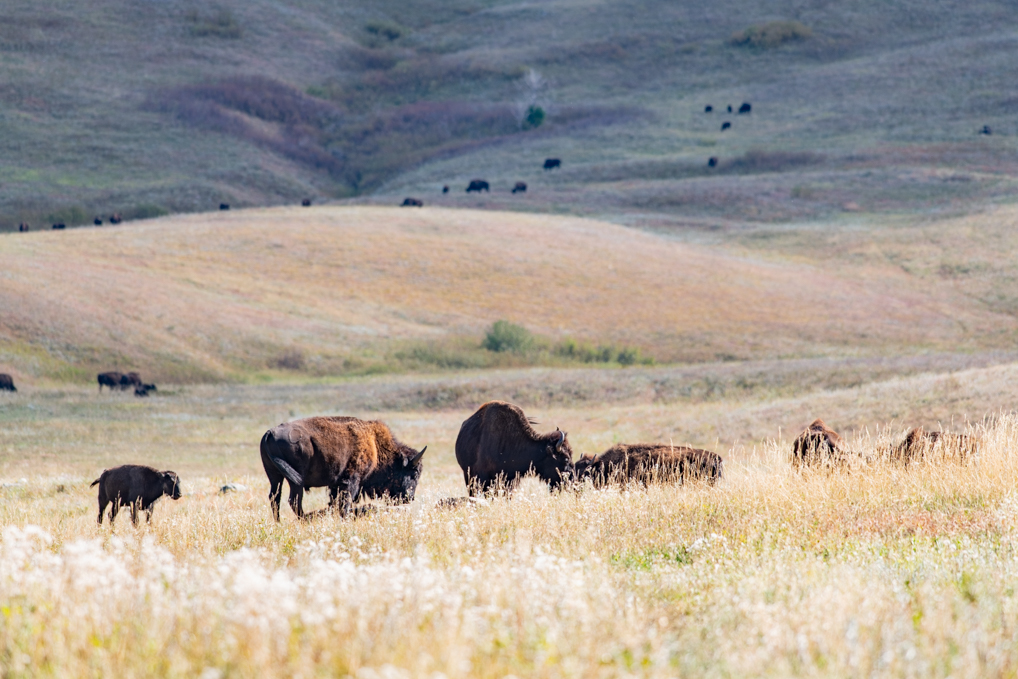
“We don’t have that ground moisture available that we had last year. The forage is shorter this year,” said Kramer. “We’ve been at [herd] capacity for the last few years. How is that going to play out if we continue in the drought for another few years?”
This is one of many situations that keep Kremer at Custer State Park.
“I just have a passion for the animal itself, and that’s how I ended up here,” he said.

Exiting the Park
Heading down the wildlife path to find our exit, 605 saw bighorn sheep and burro, tall grasses, and endless land. It was ensuring that both GFP team members had mentioned every dollar that goes into the park comes back for visitors and the habitat alike.
Kremer said, “That revenue will go into the parks and recreation fund. Those funds will come back to the park, and it helps with road maintenance, corral maintenance, and trails. It comes back to enhance that visitor experience.”
For more information, visit gfp.sd.gov.


